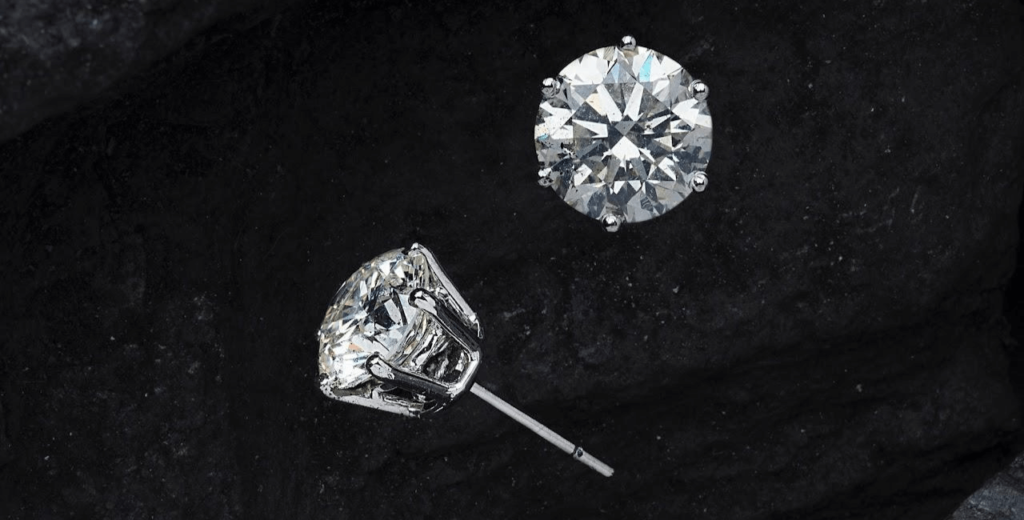
When it comes to jewelry, diamonds have long held a special place in the hearts of people across cultures. However, with the rise of lab grown diamonds and cultures, the conversation about their significance is evolving. These diamonds are not just sparkling stones; they represent a blend of tradition, modernity, and ethical values. So, how do lab-grown diamonds fit into various cultural contexts? Let’s dive in!
Understanding Lab-Grown Diamonds
What Are Lab-Grown Diamonds?
Lab-grown diamonds are real diamonds created using advanced technology in controlled environments. Unlike their mined counterparts, which can take millions of years to form beneath the Earth’s surface, lab-grown diamonds are produced in a matter of weeks. They possess the same physical and chemical properties as mined diamonds, making them indistinguishable to the naked eye.
How Are They Made?
The creation of lab-grown diamonds involves two main methods: High Pressure High Temperature (HPHT) and Chemical Vapor Deposition (CVD).
- HPHT mimics the natural conditions under which diamonds form, using extreme pressure and temperature to convert carbon into a diamond.
- CVD involves creating a plasma that deposits carbon atoms onto a substrate, building up a diamond layer by layer.
This high-tech approach not only makes diamonds more accessible but also opens the door to new cultural narratives around these gems.
Cultural Significance of Diamonds
Diamonds in Different Cultures
Diamonds have held significant cultural importance for centuries, often symbolizing love, power, and wealth. But how do various cultures interpret their meanings?
Western Cultures
In Western societies, diamonds are often associated with romance and commitment, particularly in the context of engagements and weddings. The tradition of giving a diamond ring during a proposal is deeply ingrained, and it’s a symbol of everlasting love and devotion.
Eastern Cultures
In many Eastern cultures, diamonds carry different meanings. For example, in India, diamonds are often used in religious ceremonies and are believed to bring good luck. They’re also symbols of wealth and social status, often worn as part of traditional attire during festivals and celebrations.
Shifts in Cultural Perceptions
As lab-grown diamonds gain popularity, cultural perceptions are shifting. More people are embracing the idea of sustainable and ethical jewelry, leading to a broader acceptance of lab-grown options. This transition reflects changing values and priorities in how we view luxury and love.
The Role of Lab-Grown Diamonds in Various Cultures
Celebrations and Traditions
Lab-grown diamonds are becoming part of various cultural celebrations, often viewed as a modern twist on traditional practices.
Weddings and Engagements
With the rise of ethical consumerism, couples are increasingly opting for lab-grown diamonds for engagement rings and wedding bands. This choice allows them to celebrate their love while aligning with their values regarding sustainability and social responsibility.
Cultural Festivals
In regions where diamonds are a part of traditional attire or celebrations, lab-grown diamonds are being embraced as viable alternatives. They offer a way to participate in cultural festivities without compromising on ethical standards.
Symbols of Status and Wealth
While diamonds have always been symbols of status, lab-grown diamonds are redefining this narrative. The perception of wealth is changing, and owning a lab-grown diamond can represent both financial prudence and ethical awareness.
Environmental and Ethical Considerations
Cultural Attitudes Towards Sustainability
Many cultures are increasingly recognizing the importance of sustainability. Lab-grown diamonds align with this shift, appealing to consumers who prioritize ethical sourcing and environmental responsibility.
The Influence of Ethical Consumerism
As more people become aware of the environmental impact of mined diamonds, the demand for lab-grown options grows. This trend is particularly strong among younger generations, who are more likely to support brands that reflect their values.
Case Studies: Lab-Grown Diamonds Across Cultures
North America
In North America, the market for lab-grown diamonds is booming. They are marketed as an eco-friendly alternative, appealing to consumers who value sustainability. Many couples are choosing lab-grown engagement rings, embracing both modernity and ethical considerations.
Europe
European consumers are also becoming increasingly aware of lab-grown diamonds. The trend is gaining traction in countries like the UK and France, where sustainability and ethical production are highly valued. Lab-grown diamonds are often seen as a chic choice that reflects a commitment to social responsibility.
Asia
In Asia, the response to lab-grown diamonds varies by country. In places like India, where traditional man made diamonds hold cultural significance, there’s a growing acceptance of lab-grown options, particularly among younger consumers who value modernity alongside tradition.
Africa
In Africa, the narrative around diamonds is complex due to the historical context of conflict diamonds. Lab-grown diamonds offer a fresh perspective, allowing consumers to enjoy the beauty of diamonds without the associated ethical dilemmas. This shift could redefine the market and encourage responsible practices in the diamond industry.
The Future of Lab-Grown Diamonds in Cultural Contexts
Emerging Trends
As lab-grown diamonds continue to gain acceptance, we can expect to see emerging trends in their cultural significance. This might include new traditions surrounding their use in ceremonies and celebrations, as well as innovative marketing strategies that highlight their ethical advantages.
Cultural Integration and Acceptance
The integration of lab-grown diamonds into various cultures is likely to grow as more people recognize their benefits. This could lead to a future where lab-grown diamonds are not only accepted but celebrated as symbols of modern ethics and values.
Conclusion
Lab-grown diamonds are more than just an alternative to mined stones; they are a reflection of changing cultural values and an embrace of sustainability. As societies evolve, so do their symbols of love, status, and responsibility. By choosing lab-grown diamonds, you’re not only investing in a beautiful piece of jewelry but also participating in a global movement towards more ethical and conscious living. Whether it’s a stunning engagement ring or a sparkling pendant, lab-grown diamonds offer a meaningful choice for the modern consumer, one that shines with both brilliance and integrity.


